With the First Pompeian Style, artists were inspired by marble and precious stones. They used bold colors to suggest richness and importance.
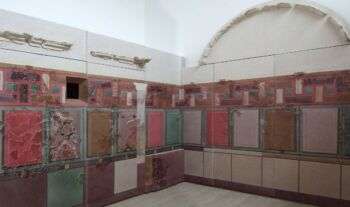
Image source: https://en.wikipedia.org/wiki/Bilbilis_(Augusta_Bilbilis)#/media/File:Calatayud_-_Museo_de_Calatayud_-_Cubiculo.jpg
Painting as an Illusion
The First style, masonry style, is characterized by the simulation of marble veneering, with other elements taken from other cultures, like alabaster discs with vertical lines, wooden beams in yellow, and pillars and cornices in white. It also employs vivid color, which was considered a sign of richness.
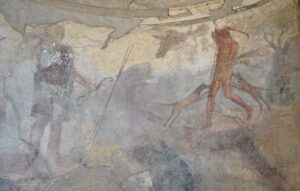
Image source:https://search.creativecommons.org/photos/6ab0bce0-504a-4105-9c48-796361a3f9b0 by Following Hadrian
This style used to divide walls into several patterns, which replaced much more expensive cut stones. The First Style created fusions with other artistic techniques to decorate the bottom, less important parts of the walls. The image below is a depiction of such, found in the Ptolemaic palaces, where the walls were colorful marble stones.
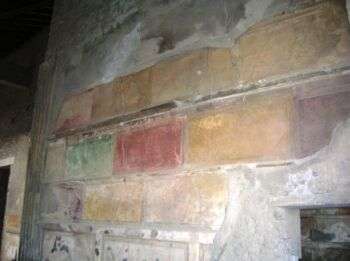
Image source: https://en.wikipedia.org/wiki/House_of_Sallust#/media/File:Casa_di_Sallustio_1.JPG
To create the illusion of a wall composed of blocks, stucco was first applied to the wall and the shapes of stone blocks were made into pilasters and moldings. Artisans then covered up the stucco in many colorful marble-like patterns with paint. These affordable wall paintings were still not cheap substitutes. Creating these paintings required several hours of hard work.
Greece to Rome
Ptolemaic palaces inspired the style, where walls were inset with real stones and marbles. They used bold colors to resemble precious materials. This idea was a simulation of the art of Hellenistic kingdoms in the late 4th to early 3rd century B.C. The Ptolemaic loved luxury in general and expressed this passion through the Greek style of its magnificent and luxurious complexes.
Decoration at Cheaper Cost
Ordinary Romans could not afford expensive materials to improve the look of the walls inside their estates, so they decorated their homes with painted imitations of the luxurious yellow, purple and pink marbles. Painters became good at imitating marbles, and rectangular slabs worked pretty well on the walls, often veined as real pieces of stone.
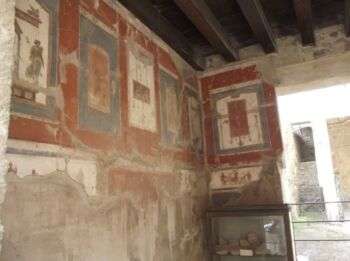
Image source: https://search.creativecommons.org/photos/4bc89bae-09cd-4176-9d2c-0a21cce96e9c by ell brown
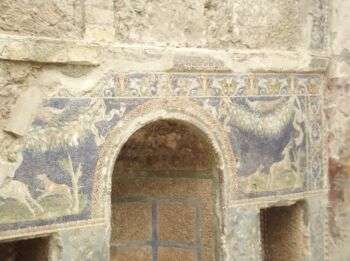
Image source: https://search.creativecommons.org/photos/a33126fb-6262-49d4-bca7-4a1367d22c9c by ell brown
Great examples of the First Pompeian Style are the House of the Faun and the House of Sallust, both of which are located in Pompeii. The House of the Faun, built during the 2nd century BC, was one of the most important private estates in Pompeii due to the artistic relics found inside the mansion.
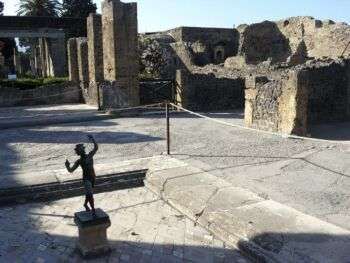
Image source: https://search.creativecommons.org/photos/8cb09ac3-d8e6-4034-8b84-e64b04680a33 by kudumomo
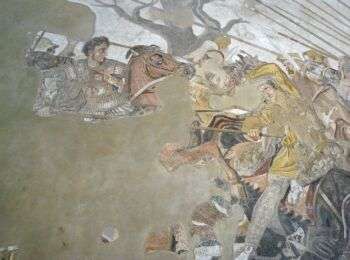
Image source:https://search.creativecommons.org/photos/81ec0529-7eae-413e-8b44-611595cf33a5 by kudumomo
Info source:
